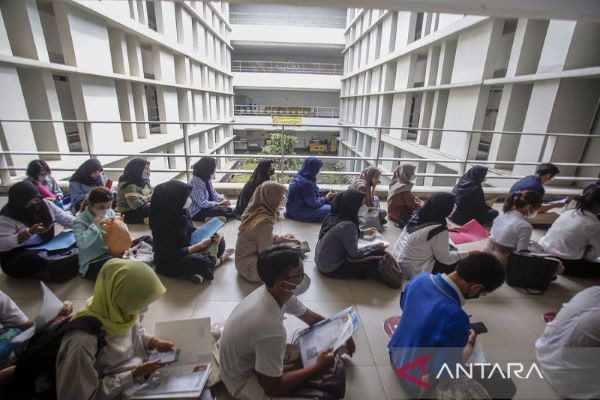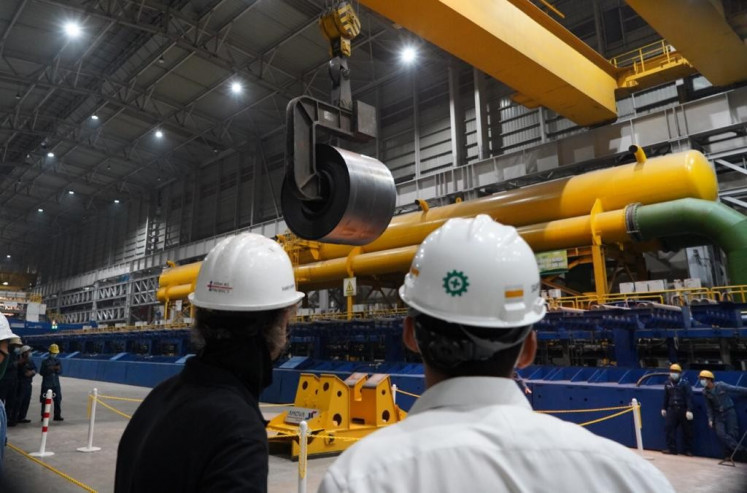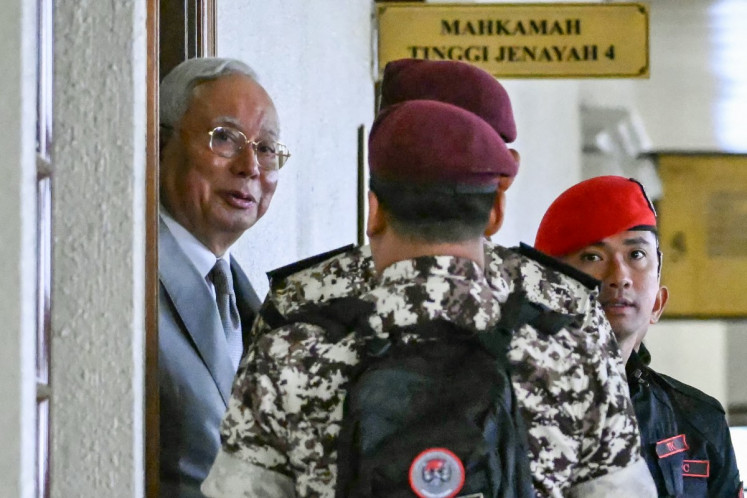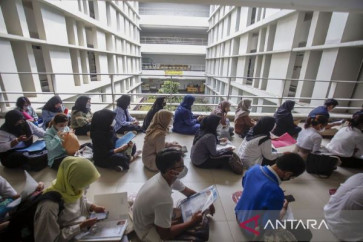Popular Reads
Top Results
Can't find what you're looking for?
View all search resultsPopular Reads
Top Results
Can't find what you're looking for?
View all search resultsBridging the educational divide: Making higher education affordable for all
Achieving equitable educational opportunities across all levels and socioeconomic groups requires a multifacted approach that involves government, universities and private stakeholders.
Change text size
Gift Premium Articles
to Anyone
G
lobal efforts to build equitable communities and ensure quality education for all remain complex, primarily due to economic factors. One of the most significant barriers is the rising cost of education, with increasing tuition and growing student debt substantially burdening many students and their families.
Indonesia’s completion rate improved significantly across all education levels and socioeconomic groups from 2015 to 2021. According to the National Socioeconomic Survey (Susenas) of Statistics Indonesia (BPS), the completion rate for the lowest socioeconomic group increased from 85.33 to 95.04 percent for elementary school, from 65.93 to 83.59 percent for junior senior high school and from 28.62 to 48.43 percent for senior high school.
Notable increases in the completion rate for the highest socioeconomic group were also recorded, rising from 96.99 to 98.50 percent for elementary school, from 91.42 to 92.48 percent for junior high school and from 76.97 to 81.81 percent for senior high school.
As more students reach much higher education levels, these improvements are expected to drive demand for universities to provide high-quality and affordable education.
Despite these positive trends, issues concerning higher education costs persist. A significant disparity exists between private and public educational institutions, with private schools and universities charging nearly 30 percent more. Meanwhile, public universities face increased spending due to internationalization and the need to produce high-quality research and instruction.
According to the Susenas 2021, annual education costs in Indonesia were around Rp 12.71 million (US$783) for public universities and Rp 17.01 million for private universities, for an annual average of around Rp 14.47 million. These costs are almost five times the nationwide average of provincial minimum wage.
The biggest disparities are noticeable in elementary education, at a notable 30 percent difference between private and private schools. This highlights a broader societal challenge in ensuring equitable educational opportunities across different levels.



















